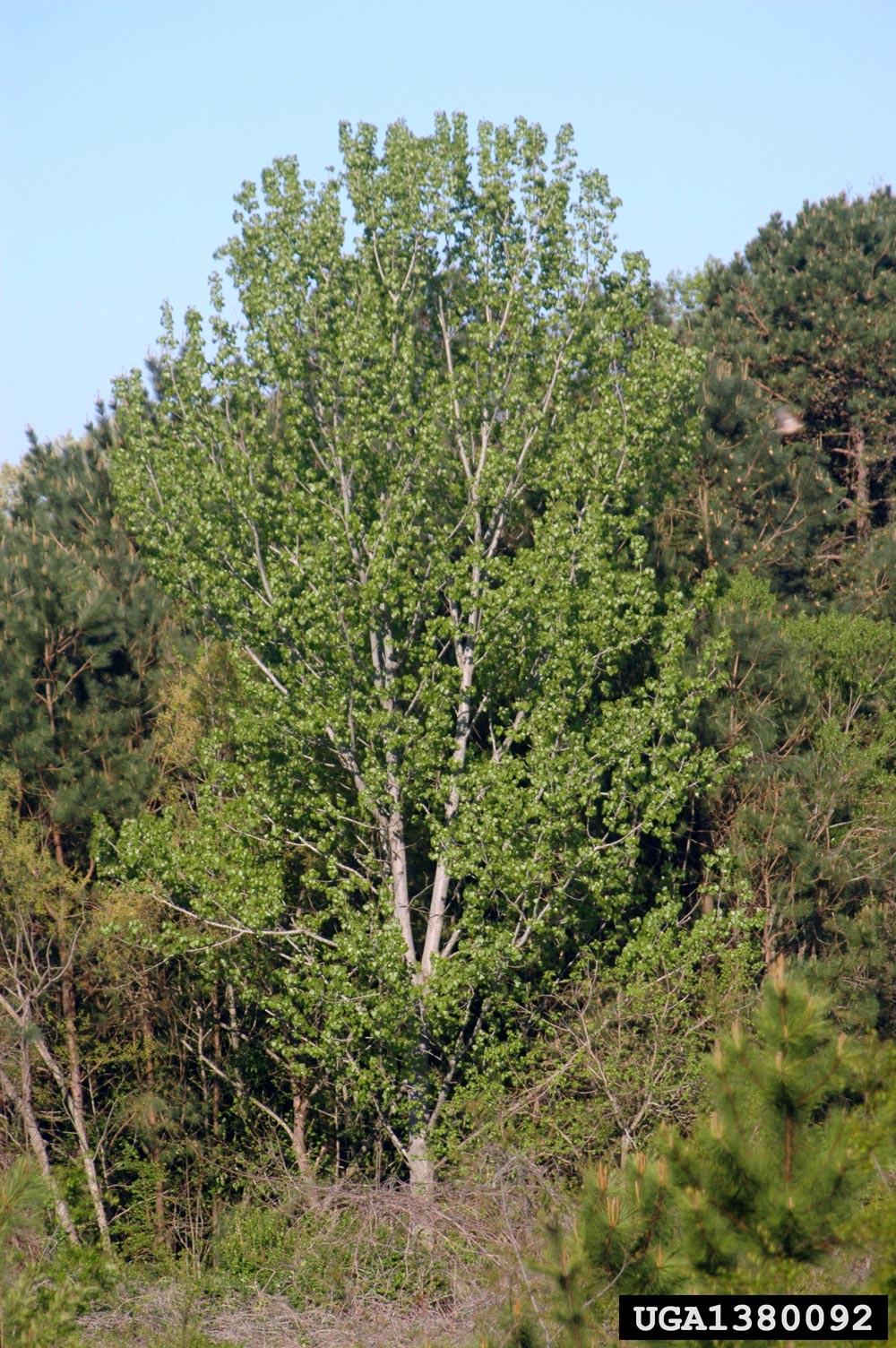eastern cottonwood tree facts
Ontario Tree Atlas map of non-planted Eastern Cottonwood. The tree is short-lived very fast-growing and can take over an open area if left alone.

Top 10 Fastest Growing Trees In The World Once You Think About Trees There S A Tendency To Think Of Them A Fast Growing Trees Landscaping Around Trees Tree
As such we shall now learn a few interesting facts about eastern cottonwood Populus deltoides Fremonts cottonwood Populus fremontii and black poplar Populus nigra.
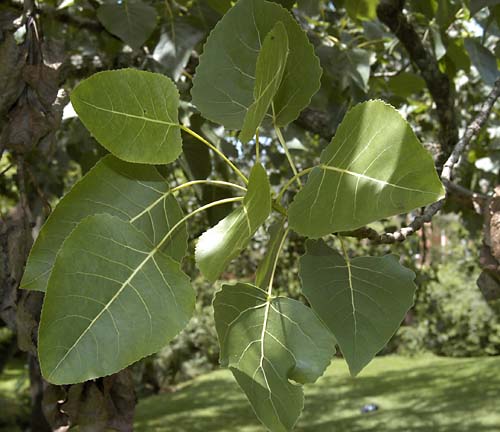
. Kansas Wyoming and Nebraska. Eastern cottonwood Populus deltoides one of the largest eastern hardwoods is short-lived but the fastest-growing commercial forest species in North America. Eastern cottonwood Populus deltoides one of the largest eastern hardwoods is short-lived but the fastest-growing commercial forest species in North America.
Return to tree listing page. Facts About Eastern Cottonwood Trees Cottonwoods are made up of three different tree species. Eastern cottonwood is a large fast-growing tree found along streams rivers and lowland areas.
The thick bark of the eastern cottonwood protects the interior sensitive wood from injury. Both are long catkins. 80 to 100 ft Width.
The Eastern Cottonwood Populus deltoides is one of the largest North American hardwood trees although the wood is rather soft. Interesting Eastern cottonwood Facts. The young tree has smooth yellow-green bark.
Eastern cottonwoods can be identified by their blocky ashy-gray bark which has extremely thick flat-topped furrowed ridges on mature trees. Eastern Cottonwoods Populus deltoides are large deciduous trees distributed densely throughout North America from east of the Rocky Mountains to the Atlantic ocean. The leaves turn yellow in fall.
Since the wood is not particularly attractive uses are usually reserve for. In the wild cottonwood grows along rivers ponds and other bodies of water. Whenever a habitat is disturbed either by nature or by man there are some tree species often called pioneer tree species which arrive early to colonize this newly.
It is native to eastern North America through the Midwest and Chicago region. Leaves are simple opposite large and oval almost heartshaped. It can reach more than 100 feet in height up to 190 feet and 6 feet in width trunk.
The bark is smooth and silvery-white when young and becomes hard gray and deeply fissured as the tree matures. At 70-80 years of age the Eastern Cottonwood is considered an old tree and begins to deteriorate. These trees come under the USDA hardiness rating of zone 2-9.
A towering native a cottonwood tree soars and spreads growing more than 100 feet tall and almost as wide. They are dark green above and a much paler green below. Upper sides of the leaves are a dark green and the undersides are pale.
Fun Facts The eastern cottonwood is the state tree of three states. Native to the southwestern United States and western Mexico the species has a subtle nuance compared to eastern cottonwood. The soft wood of the eastern cottonwood is often used for plywood and the internal frames of furniture.
Eastern cottonwoods typically live 70100 years but they have the potential to live 200400 years in ideal conditions. Cottonwood tree identification. It is native to eastern North America through the Midwest and Chicago region.
This tree rarely exceeds 125 years of age. For example the northern Great Plains which hosts eastern cottonwood trees provides about 50 percent of deer habitats and 70 percent of the habitats for the sharp tailed grouse. Flowers on the eastern cottonwood species are reddish on male trees and yellowish-green on female trees.
Eastern cottonwoods are dioecious meaning trees are either male or female. Eastern cottonwood Populus deltoides Fremonts cottonwood. Eastern cottonwood trees are classified as having a fair value for most wildlife species including songbirds game birds and game mammals.
It is not particularly straight-grained or strong but it is heavy. The Balmville Tree felled in 2015 at approximately 316 years old was the oldest eastern cottonwood in the United States. Ironically the wood of the trees are soft.
A riparian zone tree the eastern cottonwood Populus deltoides is one of the largest North American hardwood. Eastern cottonwood is a fast-growing tree it grows 6 feet per year. It also thrives in floodplains and dry riverbeds where infrequent rains transform dry land into waterways.
Photo by Chris Earley. 35 to 60 ft Common characteristics. Due to its large size weak wood and penetrating roots it is best used on large properties away from residential areas.
Typical of the populus genus the eastern cottonwood tree has very softwood. The leaves of the eastern cottonwood are broad and slightly triangular. Eastern cottonwood leaves are triangular deltoid with curved teeth along the edges.
Eastern Cottonwood is a large fast growing species native to North America. Eastern Cottonwoods can grow up to 12 m in diameter while the mature bark is dark grey or brown and usually furrowed. Cottonwoods provide excellent shade in lakeside parks or marshy areas.
Pros and Cons. 2 to 9 Height. There are three major tree species that classify as cottonwoods.
The eastern cottonwood can be seen throughout Minnesotas landscapes in the urban environment as well as natural areas. The canopy of a mature tree spreads about 75 feet wide 23 m and the diameter of the trunk averages about 6 feet 2 m at maturity. It grows best on moist well-drained.
Its a cherished shade tree often planted in parks. Fitzhenry Whiteside Ltd. While it favors moist areas like stream beds and lakefronts it is pretty adaptable and will do well just about anywhere.
It is known for releasing a cotton-like material to disperse its seeds and this is how it got its common name. Crown is oblong-shaped and 75 feet wide Eastern cottonwood has thick bark which prevents damage of the inner delicate wood. This tree is.
The trees can grow to well over 100 feet tall 30 m with eastern species sometimes reaching 190 feet 59 m. Eastern cottonwood is a fast-growing tree it grows 6 feet per year. It weighs 28 poundsfoot.
The base of each leaf is coarsely toothed.

Facts About Cottonwood Trees Gardenerdy
Cottonwood Tree All You Need To Know About Environmental Earth
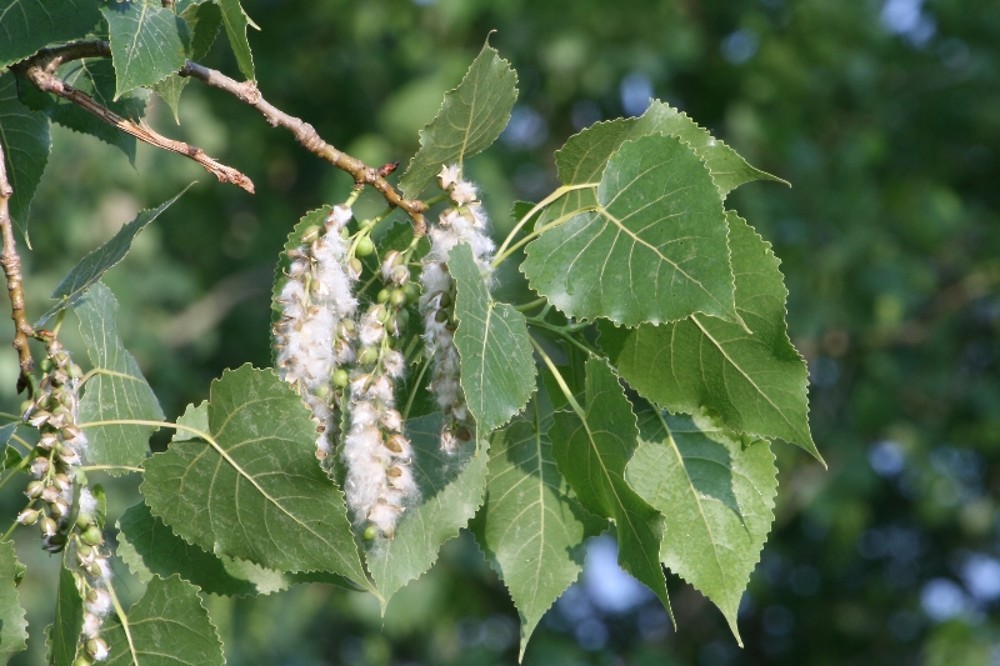
Populus Deltoides Eastern Cottonwood Necklace Poplar Go Botany
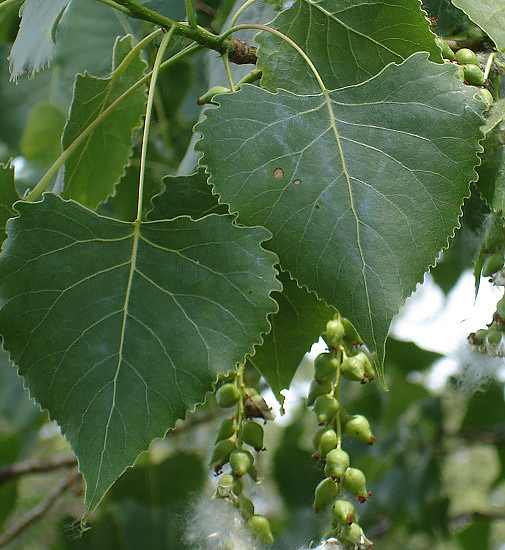
Eastern Cottonwood Landmark College

Cottonwood Eastern Cottonwood Poplar Eastern Cottonwood Southern Cottonwood Mdc Teacher Portal

Cottonwood W Seed Pods Tree Identification Landscaping Plants Wild Plants

Cottonwood Tree Guide Identification Of Eastern Leaves Seeds More

3 Types Of Cottonwood Trees Home Stratosphere
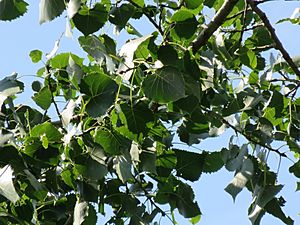
Eastern Cottonwood Facts For Kids

The Cottonwoods Populus A Plant Profile Of Sedge Salt

Facts About Cottonwood Trees Gardenerdy

Eastern Cottonwood North Central Region Bottomland Hardwood Management Guide

Populus Deltoides Eastern Cottonwood Salicaceae

Facts About Cottonwood Trees Gardenerdy

Cottonwood Trees Of Manitoba Inaturalist

Cottonwood Tree All You Need To Know About Environmental Earth
